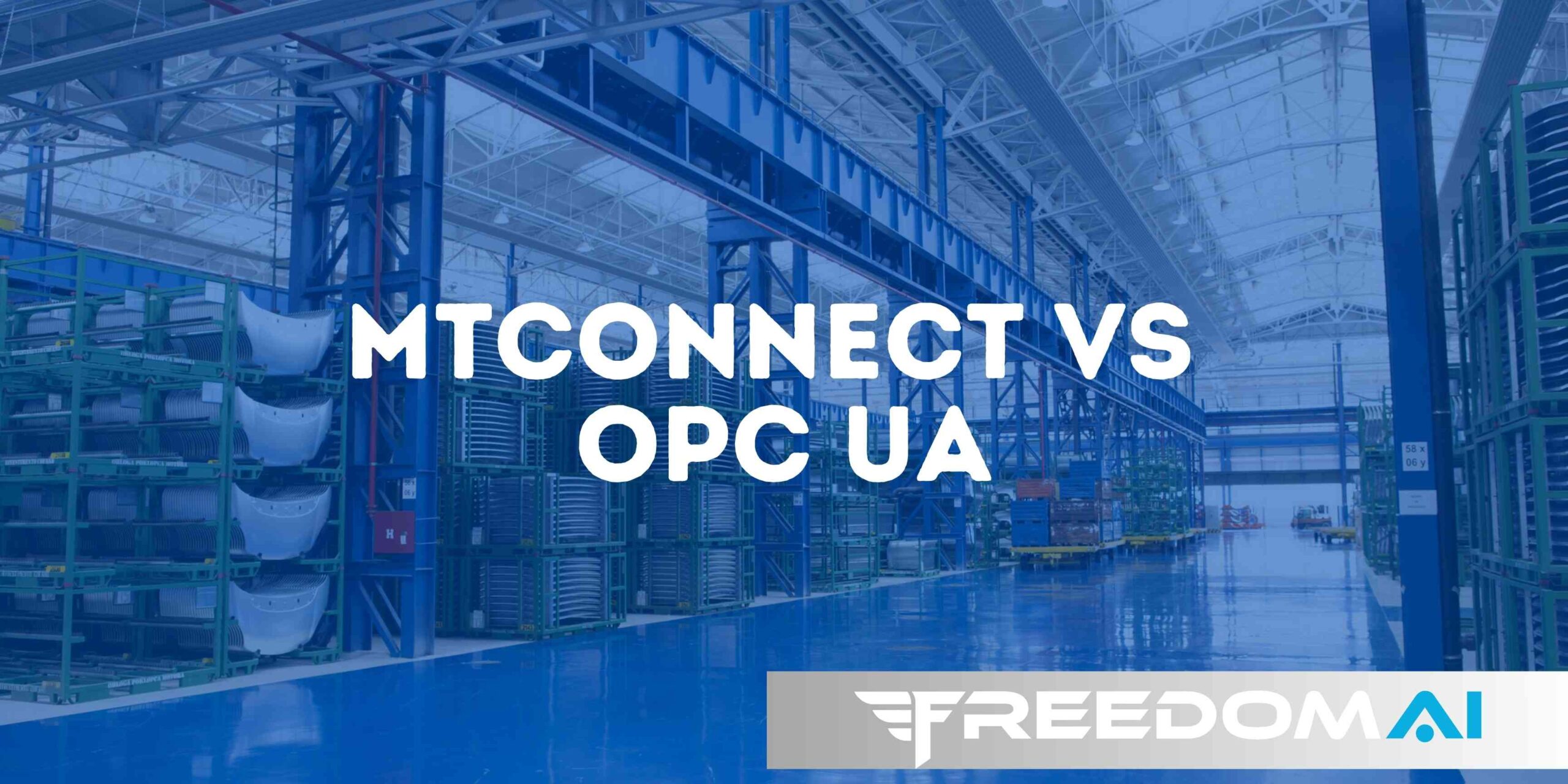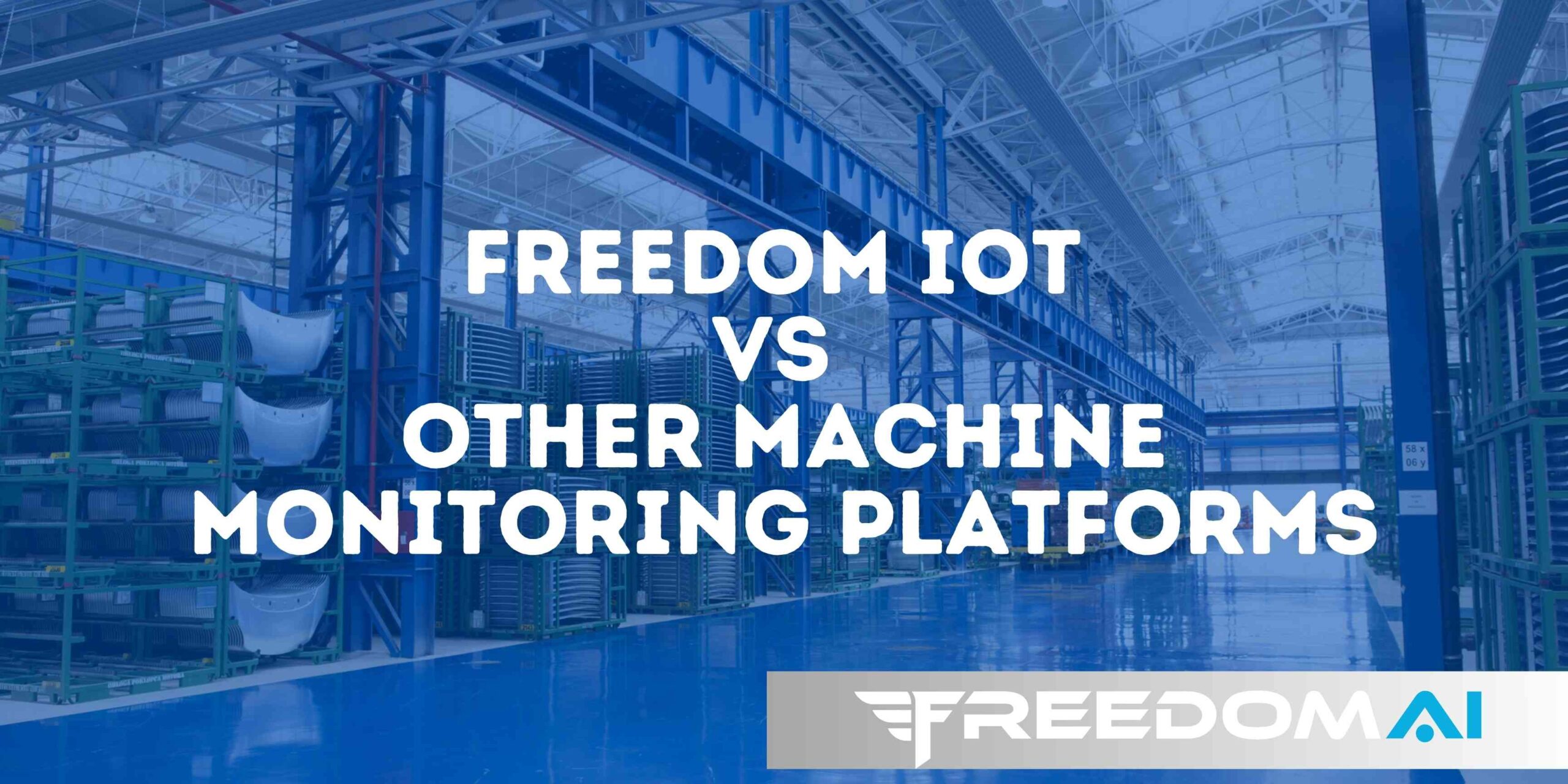Introduction: Why This Comparison Matters
In today’s Industry 4.0 world, manufacturers rely on data-driven decision-making. But with so many machine communication standards available, choosing the right one can feel overwhelming. Two of the most widely used are MTConnect and OPC UA. Both are designed to improve interoperability and data sharing, yet they serve different purposes. Understanding the similarities, differences, and trade-offs will help you make the best choice for your plant.
What is MTConnect?
MTConnect is an open, XML-based, read-only communication standard designed specifically for manufacturing equipment. It provides a common language for machines to report operational data, such as utilization, availability, or part counts.
- Focus: Manufacturing, particularly CNC machines and machining centers.
- Strengths: Lightweight, easy to implement, standardized across machine tool builders.
- Limitation: Read-only — no ability to send commands back to machines.
What is OPC UA?
OPC UA (Open Platform Communications Unified Architecture) is a platform-independent communication protocol for industrial automation. Unlike MTConnect, OPC UA is not manufacturing-specific. It was designed to unify diverse systems across industries while providing built-in security, authentication, and data modeling capabilities.
- Focus: Broad industrial automation, interoperability across diverse systems.
- Strengths: Secure, flexible, scalable across enterprise applications.
- Limitation: More complex, requires additional configuration and expertise.
MTConnect and OPC UA: Key Similarities
Both MTConnect and OPC UA share important characteristics:
- Enable machine-to-enterprise connectivity.
- Promote interoperability between legacy and modern systems.
- Standardized protocols recognized across industries.
- Support initiatives like machine monitoring, OEE tracking, and smart factories.
Key Differences Between MTConnect and OPC UA
Comparison Table
| Feature | MTConnect | OPC UA |
| Protocol Type | Open, XML-based, read-only | Platform-independent, read/write |
| Primary Use Case | Machine tool monitoring, OEE data | Industrial automation & system integration |
| Security | Minimal (focus on accessibility) | Strong (authentication, encryption) |
| Ease of Use | Simple, lightweight implementation | More complex, requires expertise |
| Data Scope | Focused on machine tool metrics | Flexible — handles diverse data models |
| Industry Adoption | CNC & manufacturing-focused | Broad adoption across industries |
Pros and Cons of MTConnect
Pros:
- Lightweight and easy to implement.
- Manufacturing-specific, designed for CNCs and machining.
- Standardized data definitions across OEMs.
Cons:
- Read-only (cannot control machines).
- Limited security features.
- Less flexible outside manufacturing domain.
Pros and Cons of OPC UA
Pros:
- Secure with built-in authentication and encryption.
- Read/write capability, enabling advanced automation.
- Flexible and scalable across industries.
Cons:
- More complex to configure and maintain.
- Can require more computing resources.
- Less manufacturing-specific compared to MTConnect.
Which Protocol Should You Choose?
The right protocol depends on your needs:
- Choose MTConnect if your primary focus is machine tool monitoring, OEE, and standardized CNC data collection.
- Choose OPC UA if your needs extend to enterprise interoperability, cross-system data sharing, or enhanced security.
The good news? You don’t have to choose just one.
How Freedom IOT Supports Both
At Freedom IOT, we understand that no two plants are the same. That’s why our platform supports both MTConnect and OPC UA, ensuring manufacturers can connect seamlessly regardless of their machine communication standard. By aligning with both protocols, Freedom provides flexibility, scalability, and future-proof connectivity.





